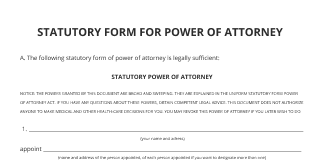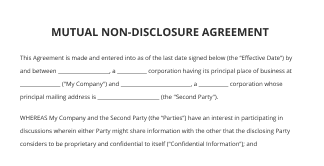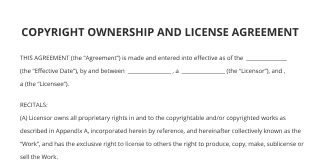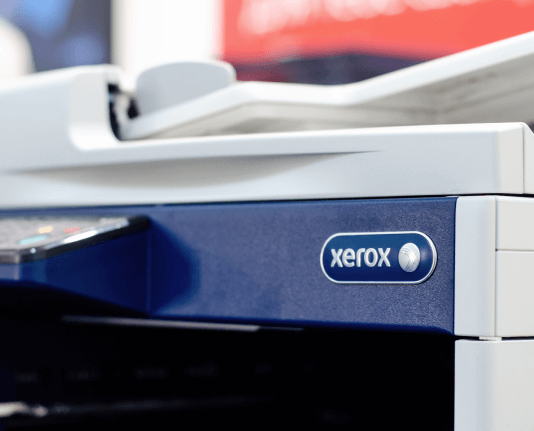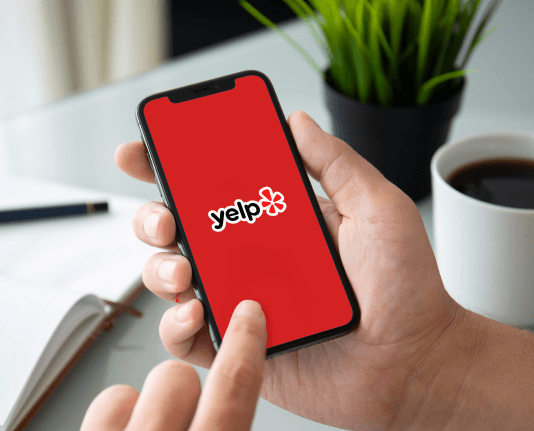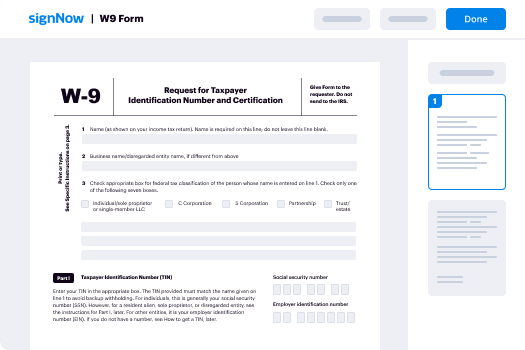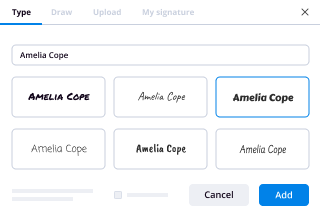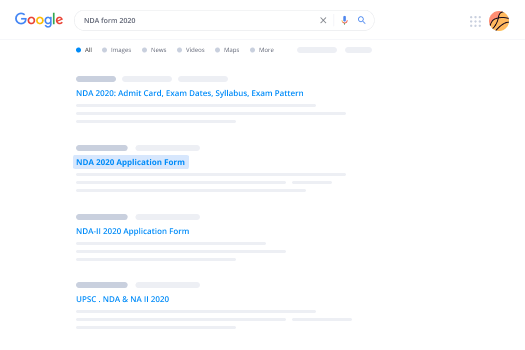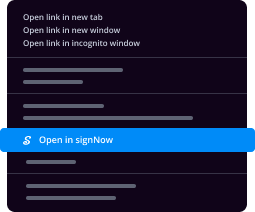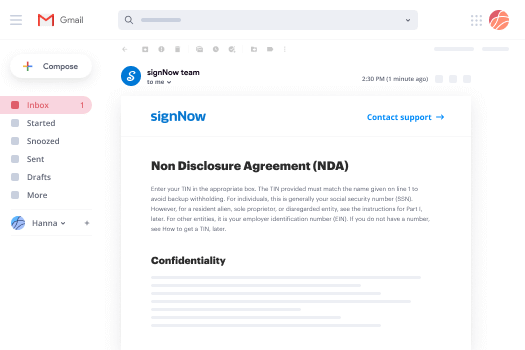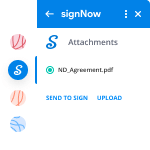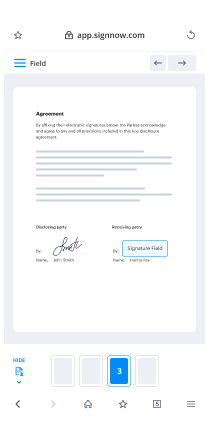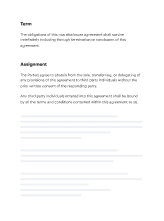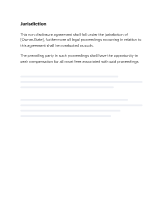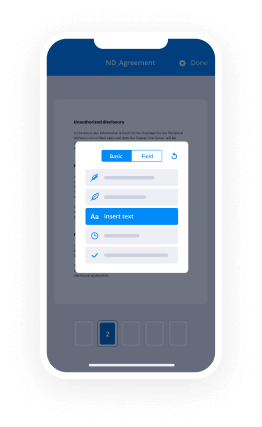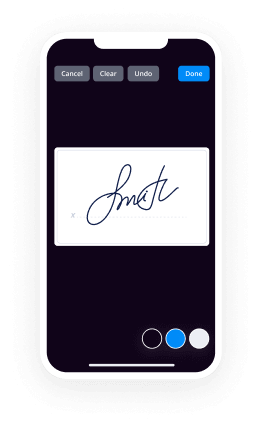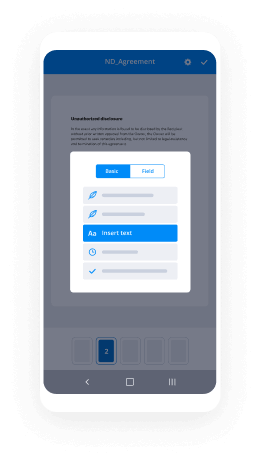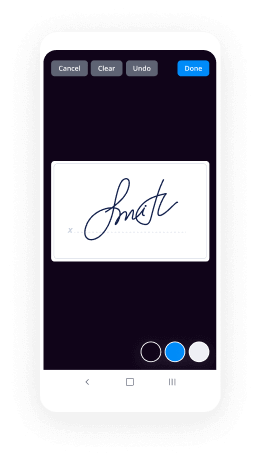Signature Nursing Visit Report Form Made Easy
Do more on the web with a globally-trusted eSignature platform
Remarkable signing experience
Reliable reporting and analytics
Mobile eSigning in person and remotely
Industry polices and conformity
Nursing visit report form, faster than ever before
Helpful eSignature extensions
See airSlate SignNow eSignatures in action
airSlate SignNow solutions for better efficiency
Our user reviews speak for themselves






Why choose airSlate SignNow
-
Free 7-day trial. Choose the plan you need and try it risk-free.
-
Honest pricing for full-featured plans. airSlate SignNow offers subscription plans with no overages or hidden fees at renewal.
-
Enterprise-grade security. airSlate SignNow helps you comply with global security standards.

Your step-by-step guide — nursing visit report form template
Employing airSlate SignNow’s eSignature any organization can speed up signature workflows and eSign in real-time, providing an improved experience to customers and staff members. Use nursing visit report form in a couple of easy steps. Our handheld mobile apps make working on the run feasible, even while offline! Sign documents from any place in the world and complete tasks quicker.
How to fill out and sign a nursing form templates
- Log on to your airSlate SignNow account.
- Find your needed form in your folders or upload a new one.
- Access the record and edit content using the Tools list.
- Drop fillable areas, add textual content and eSign it.
- Add numerous signers via emails and set the signing sequence.
- Specify which individuals will get an executed version.
- Use Advanced Options to reduce access to the record add an expiry date.
- Press Save and Close when finished.
Moreover, there are more enhanced features available for nursing form templates. Add users to your shared digital workplace, view teams, and track collaboration. Numerous consumers across the US and Europe agree that a system that brings people together in one unified digital location, is the thing that organizations need to keep workflows functioning smoothly. The airSlate SignNow REST API allows you to integrate eSignatures into your application, internet site, CRM or cloud. Check out airSlate SignNow and enjoy quicker, smoother and overall more productive eSignature workflows!
How it works
airSlate SignNow features that users love
See exceptional results nursing form templates
Get legally-binding signatures now!
FAQs nursing visit report template
-
How do you write a nursing report?
State your position clearly. Write the reason why you are creating a report. Provide an example or at least two to show your position. Support your decision with statistics and facts. As much as possible, keep your report short and concise. -
What should a transfer report include?
Capstone Review Funds List the pertinent information that should be included in a transfer report. \uf0b7 Age, Sex, medical diagnosis, recent vital signs and medications, allergies, special equipment, and code status. -
How do you write a good nursing report?
State your position clearly. Write the reason why you are creating a report. Provide an example or at least two to show your position. Support your decision with statistics and facts. As much as possible, keep your report short and concise. -
What is recording and reporting in nursing?
Report summarizes the services of the nurse and/ or the agency. Reports may be in the form of an analysis of some aspect of a service. These are based on records and registers and so it is relevant for the nurses to maintain the records regarding their daily case load, service load and activities. -
What is reporting in nursing?
REPORTS are oral or written exchange of information shared between care givers ( Health care team) in a number of ways. ... Nurses communicate information about client's/ patient's so that all health care team members can make appropriate decision making about client's care. -
What is the importance of report writing in nursing?
Report writing in nursing allows for the better provision of information about patients under the care of a particular nurse. The information on a patient in the chart records but it is more practical when it is in a brief synopsis showing situation, background and assessment of a patient. -
Why is nursing writing important?
Writing is essential in nursing and it reflects the activity of medical workers in the healthcare field. It helps them to organize their work properly and care about every patient with great attention and monitor his or her condition. -
How do you create a medical questionnaire?
The key steps in designing a questionnaire are to: decide what data you need, select items for inclusion, design the individual questions, compose the wording, design the layout and presentation, think about coding, prepare the first draft and pretest, pilot, and evaluate the form, and perform the survey. -
What is a health history questionnaire?
Health history questionnaire (online) Have your patients fill out this questionnaire template online prior to their first appointment. The form has sections for personal health history, health habits and personal safety, family health history, mental health, women only, men only, and other problems. -
How do you write a questionnaire?
Know your question types. Keep it brief, when possible. Choose a simple visual design. Use a clear research process. Create questions with straightforward, unbiased language. Ensure every question is important. Ask one question at a time. Order your questions logically. -
How do you write a survey questionnaire?
Use Simple, Direct Language. ... Be Specific. ... Break Down Big Ideas into Multiple Questions. ... Avoid Leading Questions. ... Ask One Thing per Question. ... Use More Interval Questions. -
Why is documentation so important in nursing?
Nurses document their work and outcomes for a number of reasons: the most important is for communicating within the health care team and providing information for other professionals, primarily for individuals and groups involved with accreditation, credentialing, legal, regulatory and legislative, reimbursement, ... -
Why is documentation important in health care?
Proper documentation, both in patients' medical records and in claims, is important for three main reasons: to protect the programs, to protect your patients, and to protect you the provider. ... Good documentation is important to protect your patients. Good documentation promotes patient safety and quality of care. -
Why is record keeping important in healthcare?
When caring for a patient, it is important to ensure good record keeping to promote patient care and better communication. Good record keeping is a product of good teamwork and an important tool in developing high-quality healthcare and reinforcing professionalism within nursing. -
What is effective documentation in nursing?
Clear, accurate, and accessible documentation is an essential element of safe, quality, evidence-based nursing practice. ... Documentation of nurses' work is critical as well for effective communication with each other and with other disciplines.
What active users are saying — nursing visit report form template
Related searches to nursing visit report form template
Signature nursing visit report form
the College of nurses of Ontario presents the documentation webcast nursing documentation is an important component of Nursing Practice and the interprofessional documentation that occurs within the clients health record documentation whether paper electronic audio or visual is used to monitor a client's progress and communicate with other care providers it also reflects the nursing care that is provided to a client this webcast is based on the college's documentation revised 2008 practice standard which applies to all nurses in all roles and all practice settings the purpose of this webcast is to help you to apply the documentation practice standard to your practice it includes a review of the three standard statements in the document using practice examples that are based on real practice questions submitted to the college while the presentation was created to help you to understand the documentation practice standard it is not considered a substitute for reading the actual practice standard the learning objectives for this webcast include identifying college resources available to help you with documentation practices applying the principles of the documentation practice standard to practice scenarios identifying how to access legislation that affects nursing documentation the documentation practice standard explains the regulatory and legislative requirements for nursing documentation organizations and practice settings may have specific requirements for nursing documentation that may expand upon these legal requirements for example an organization may have a policy that states that nurses must sign each documentation entry with their full name and designation the documentation practice standard states that nurses may initial documentation provided that there is a master list that contains everyone's full signature initials and designation in this situation if nurses follow organizational policy and provide a full signature and designation with every entry they would also be meeting the college's standards however if your organizational policy conflicts with a documentation practice standard then you should advocate for policies that are consistent the standard the documentation practice standard is divided into three standard statements that describe the following principles communication accountability and security this webcast reviews these principles and gives them context using real practice situations first we look at the role nurses clients organizations and the college have in the documentation process clients communicate their perspective along with their needs goals and choices nurses document the assessment planning implementation and evaluation of client care organizations support nurses with policies procedures and decision support tools and the college's fact sheets and practice documents support nurses in the provision of safe and ethical care nursing documentation reflects the clients perspective identifies the caregiver and promotes continuity of care by sharing information with others who are within the circle of care it communicates the plan of care the assessment the interventions necessary based on the client's history and the effectiveness of those interventions nursing documentation demonstrates your commitment to providing safe and ethical care by showing your accountability for professional practice and the care the client receives documentation also demonstrates how you have applied your nursing knowledge skill and judgment nurses document to meet legislative requirements data from documentation has many purposes including determining the client care and services a client required or that were provided evaluating professional practice as part of a quality improvement process assessing nursing interventions and evaluating client outcomes identifying care and documentation issues and advancing evidence-based practice and reviewing outcome information to reflect on your practice and identifying knowledge gaps that can form the basis of learning plans nurses are accountable for ensuring that their documentation is accurate timely and meets the documentation practice standard X Asians organizations may have documentation requirements as well so you should be aware of what organizational policies affect your documentation certain aspects of documentation such as charting by exception require the support of an organizational policy to ensure consistency in communication failing to keep records as required falsifying a record signing or issuing a document that you know includes a false or misleading statement and giving information about a client without consent all constitute professional misconduct under the nursing act as a nurse you are accountable to the public and responsible for ensuring that your practice and conduct meets legislative requirements and the standards of the profession legislative requirements for documentation will vary depending on the practice setting so it is important that you are aware of what legislation affects your particular practice for example regulations under the long-term care homes Act indicate timeframes for admission assessments and care plan documentation nurses can work together within an organization to develop an understanding of the applicable legislation for their practice setting legislation that affects nursing documentation includes the nursing act the personal health information protection act and the health care consent act Ontario legislation can be reviewed at WWE laws govt Oh NCA the standard statement for communication states nurses ensure that documentation presents an accurate clear and comprehensive picture of the client's needs the nurses interventions and the clients outcomes we will now examine some practice examples that demonstrate the application of this standard one of the ways you can meet the communication standard statement is by providing a full signature or initials and professional designation with all documentation if you are initialing documentation then you need to provide a full signature with designation on a master list designation refers to registered practical nurse RPN registered nurse RN and nurse practitioner NP the use of additional credentials such as CNA certification is not a requirement of the college whether you include this with your signature depends on organizational policy when nurses are supporting learners such as students or new staff the college's expectation is that nurses do not co-sign the documentation of other care providers co-signing blurs accountability and it does not provide a clear indication of who provided what care alternatively documentation should be completed by each individual to reflect the care that they provided respectively nurses should avoid duplication of information in the health records for example relevant client care information kept in temporary documentation such as a card X or communication book should be included in the permanent health record after the relevant information from the temporary documentation has been included in the permanent health record and the temporary documentation is no longer in use it should be discarded another documentation method is charting by exception facilities that use charting by exception ensure that assessment norms and standards of care are explicit it is not appropriate to use charting by exception unless normal assessment parameters or standards have been set everyone must use the same approach to documenting unusual events if some nurses use a narrative approach while others document only exceptions then communication may break down the college often receives questions from nurses regarding the use of check boxes in documentation this may involve checking off certain assessment findings from a pre-printed list it is similar to charting by exception in the sense that it requires the use of organizational policy to ensure that the documentation is consistent among staff if checkboxes are used in a type of documentation that is accessed by multiple care providers then there should be a way to identify who provided the documentation for example you may need to initial checkboxes for flow sheets that can be accessed by multiple nurses at a given time check boxes and charting by exception are not new processes but they challenge the long-standing belief that if it was not charted it was not done it replaces this thinking with it was a normal or expected response unless documented otherwise we are often asked if certain abbreviations and symbols can be used nurses can use them as long as each abbreviation and symbol has a distinct interpretation and appears in a list of explanations approved by your organization or practice setting nurses should not assume that a particular abbreviation accepted in one practice setting will be accepted in another the Institute for safe medication practices Canada has a list of abbreviations that should not be used when communicating medication information as they have been frequently misinterpreted the list which is helpful to reduce the occurrence of medication errors can be found at WWII SMP Canada Iorg however the use of this list alone for abbreviation policy is not sufficient as the policy would not indicate which abbreviations could be used and provide accepted meanings for these terms if a nurse consults with another member of the healthcare team regarding a client's care then it may be appropriate to document the name of this care provider when documenting the consultation nurses may feel that they are protecting themselves by documenting names of other individuals or certain aspects of their decision-making but this is not the purpose of the client record you need to use your judgment when deciding what information is relevant to client care and what should be included in the claim record for example a nurse and a manager have a disagreement regarding working conditions the nurse wants to document her decision-making and rationale regarding the situation this type of documentation should not be included in the clients record rather the nurse may document the disagreement in a personal note to support her decision-making some situations may require documentation in the form of an instant report or staff communication notes but may also not be appropriate for the client record if the information is not directly related to client care in these situations you should refer to organizational policies for the appropriate format to document information not directly related to client care the standard statement for accountability States nurses are accountable for ensuring their documentation of client care is accurate timely and complete we will now examine some practice examples that demonstrate the application of this standard you are accountable for documenting during the care or event or as soon as possible after however there is often a need to include a late entry in nursing documentation you should refer to your organizational policies on how to include a late entry as the college doesn't specify how late entries are identified or the time that must pass for an entry to be considered late properly documenting a late entry is not considered falsifying documentation timeliness is determined by the urgency of client need and by setting organizational policy may indicate specific timeframes as well documentation should be completed by the individual who perform the procedure or observe the event the exception is if there is a designated recorder such as in a code situation when acting as a designated recorder you should identify the other health care providers and the care they provide your organization may also have a policy regarding the use of a designated recorder in your practice setting nurses do not document the care provided by other care providers such as unregulated care providers or physicians situations may arise in which documentation is missing or information cannot be recalled you should document accordingly when information for a specific timeframe has been lost or cannot be recalled and indicate clearly when an entry is replacing lost information your organization may also have a policy regarding the accepted manner for identifying that documentation is missing or information cannot be recalled you are accountable for correcting errors in documentation while ensuring that the original information remains visible or retrievable nurses have contacted the college asking how break coverage should be documented this issue relates to documenting relevant client care information and documenting the name of another care provider consider whether the information you will be documenting is relevant to client care the college does not specify the requirement to document break coverage but your organization may have a specific policy if there is a need to document client care during break coverage then the nurse who is providing coverage should document the care that she or he provided you have additional accountabilities when it comes to electronic documentation such as maintaining the privacy of a password for example accessing electronic documentation with a username and password can create accessibility issues for nurses who are not normally assigned to a particular unit or who are temporary or agency staff nurses and key stakeholders should work together to create solutions for staff to temporarily access client records for documentation this will allow each nurse to be accountable for her or his own documentation the standard statement for security states nurses safeguard client health information by maintaining confidentiality and acting in accordance with information retention and destruction policies and procedures that are consistent with standards and legislation we will now examine some practice examples that demonstrate the application of this standard when information from a temporary source of documentation has been added to an electronic documentation record and is no longer needed the temporary documentation should be securely destroyed relevant client care information should be captured in a permanent record you also should only access the information you need to provide care and maintain the confidentiality of all client health information including passwords or information required to access the client health record if information is to be shared outside the circle of care then you must ensure the client has given informed consent to this disclosure of information for example a client's health information may be required by an insurance company to process a claim in this situation if a nurse is to provide the information to the insurance company then she or he must obtain informed consent from the client or substitute decision-maker there are situations in which disclosure is required by law such as reporting child abuse if there is a legal obligation to disclose information to a third party then the nurse may do so without client consent in most situations clients or substitute decision-makers have the right to access inspect and obtain a copy of their health record you would deny a client access to his health record in rare situations if there is no compelling reason to prevent somebody from reading their health record then you should work with your employer to ensure clients have timely access to this information for more information refer to the personal health information Protection Act clients have the right to instruct that a part of their personal health information not be shared with other health care providers this is referred to as the lockbox provision for example if a client asks a nurse not to share part of his health information with the attending physician but the nurse considers the information necessary for the provision of care then the nurse must tell the physician the client has withheld relevant information the physician can then explore the matter with the client and the client can make the decision regarding sharing the information with a physician nurses should also check with their organizational policy regarding documenting locked information if no such policy exists then nurses should take action to ensure the confidentiality of locked information based on the college's documentation practice standard and advocate for a policy that explains the documentation of locked information you must also take steps to ensure the safe storage of personal health information this includes using physical security such as locked filing cabinets and technological security such as passwords and encryption if you are using a portable device such as a memory stick to store personal health information about clients then the information should be strongly encrypted whenever possible personal identifiers should be removed if you are transferring personal health information by email then you must be confident that the email system is secure health records should be retained for the period of time the organization's policy and legislation stipulates for example regulations under the long-term care homes act specified that the record of every former resident of the home is retained by the licensee for at least 10 years after the resident is discharged from the home for more information about protecting clients health information refer to the college's confidentiality and privacy personal health information practice document besides the standard statements there are entry to practice competencies for our PN's RNs and NPS that describe what is expected of entry level nurses when documenting to support continuing competence all nurses are expected to review and reflect regularly on these entry to practice competencies these competencies also serve as a guide for the public and employer awareness of practice expectations for all nurses in Ontario for further information on the competencies go to the college's website at dot C&O dot o-r-g the RPN entry to practice competencies on the slide reflect the expectations of all entry-level rpms the first and second competencies describe the expectations for nurses to communicate client care clearly and accurately when documenting the last competency is the expectation that RP NS are able to use computer skills to document client care the RN entry to practice competencies on the slide reflect the knowledge that all RNs have about documentation upon entering the nursing profession the first and second competencies are important because in nursing practice today there is an expectation for nurses to know about information systems they are using and to understand their role within the system for example in some practice settings nurses are inputting data into programs that provide a method of classifying clients and determining the amount of health services various clients use the last competency describes the requirement for nurses to communicate client care and evaluation clearly and accurately through documentation NP entry to practice competencies build and expand on the RN competencies the 2 NP entry to practice competencies on the slide reflect NPS expanded scope of practice and documentation all nurses are responsible for supporting documentation practices employers can work with nurses to create environments that support documentation practices in keeping with college expectations strategies that nurses in all roles can use to support these practices include support and encourage staff involvement provide access to appropriate reliable and available documentation equipment ensure policies are available that reflect the documentation practice standard provide adequate time to document appropriately and acknowledge nursing excellence in documentation to continue learning about documentation review the colleges documentation practice standard and watch the supporting learning module these resources are available on the college's website if you have a comment about this webcast use the evaluate this webcast link to give us your feedback
Show more




